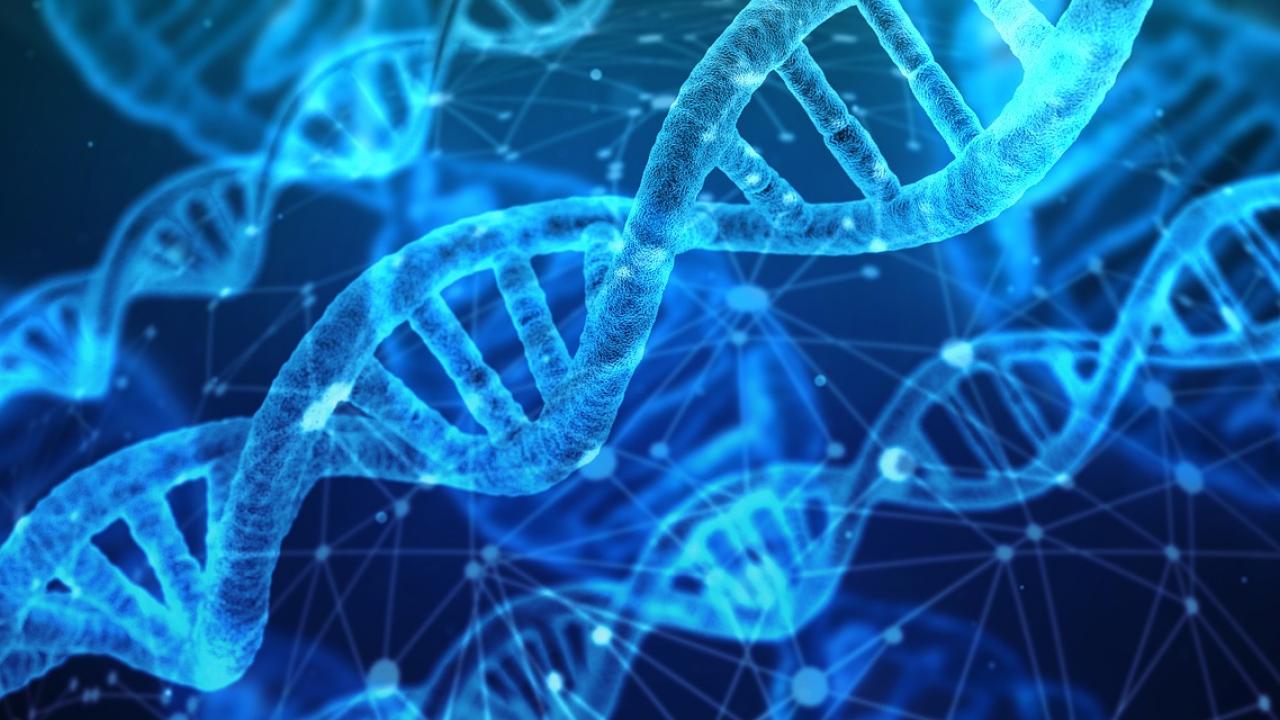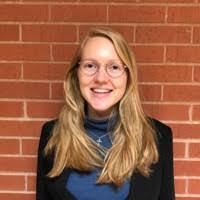
Twice as Nice: College of Biological Sciences Ph.D. Students Receive U.S. Department of Energy Awards for Computational Biology Research
Quick Summary
- Keith Fraga, of the Biochemistry, Molecular, Cellular and Developmental Biology Graduate Group, won a Office of Science Graduate Student Research award, which gives Ph.D. students the opportunity to conduct research at a DOE national laboratory
- Mary-Francis LaPorte, of the Plant Biology Graduate Group, won the DOE’s Computational Science Graduate Fellowship, which helps train next-generation leaders in computational science
Two UC Davis College of Biological Sciences Ph.D. students have won prestigious awards from the U.S. Department of Energy (DOE).
Keith Fraga, of the Biochemistry, Molecular, Cellular and Developmental Biology Graduate Group, won an Office of Science Graduate Student Research award, which gives Ph.D. students the opportunity to conduct research at a DOE national laboratory. Interested in applying artificial intelligence to protein modeling and structure prediction, Fraga will pursue his dissertation research at the Lawrence Berkeley National Laboratory (LBNL).
Mary-Francis LaPorte, of the Plant Biology Graduate Group, won the DOE’s Computational Science Graduate Fellowship, which helps train next-generation leaders in computational science. LaPorte will use the award to investigate how high-performance computing can be applied to studying crop physiology.
You can learn more about the awardee’s research below.
Keith Fraga: Using AI to predict protein structures
Nothing would get done at the cellular level if it wasn’t for proteins, the molecular machines that drive all biological processes. But proteins can be finicky study subjects, eluding scientists’ experimental attempts to define their structure at the atomic level.
“To get to a structure is very challenging,” said Keith Fraga, a Ph.D. student in the BMCDB Graduate Group and a recipient of the DOE’s Office of Science Graduate Student Research award. “It takes a lot of skill and sometimes proteins, they just don’t behave in these experimental systems.”
One of the methods scientists use to glean a protein’s structure and dynamics is nuclear magnetic resonance (NMR) spectroscopy, a technique that produces an electromagnetic spectrum that, if deciphered right, can give scientists an atomic view of a protein’s structure. But deciphering NMR spectra remains a monumental task for humans.
“The critical step in producing a structure from a NMR spectrum is assigning each peak to specific nuclei in the target protein,” said Fraga. “Overlapping peaks in the spectrum confounds assignment methods.”
Fraga wants to use artificial intelligence to overcome this hurdle. Partnering with LBNL, he hopes to develop a deep learning architecture capable of rapid analysis of protein NMR spectra. Once a data repository of protein NMR spectra is built, Fraga will use those datasets to train artificial neural networks to generate unseen structural states of proteins. This process, called deep generative modeling, can provide a potentially more accurate view of how proteins behave in a live setting. It also provides the opportunity to create an AI system capable of predicting unknown structures of proteins.
In his research, Fraga will collaborate with LBNL senior scientist Wibe de Jong, a leader in the computational chemistry field. Advancing these artificial intelligence systems could increase the efficacy of using NMR techniques to inform energy and biomaterials production, according to Fraga.
“I’m just really inspired by how computers can solve really hard intelligence problems and applying that technology to structural biology,” said Fraga. “What I’m fascinated by is this intelligence task to learn from previously solved structures and previously collected experimental data to aid structure determination of new proteins and complexes.”
“Once you have those high-quality, high-resolution structures, you can do some amazing biology with them,” he added. “Structure is still a critical piece to a biology story."
 Mary-Francis LaPorte: Uncovering genetic secrets for more fruitful crops
Mary-Francis LaPorte: Uncovering genetic secrets for more fruitful crops
As climate change shifts our world and the human population increases, scientists are exploring all avenues to secure humanity’s food resources.
“Food production must rise to match global consumption demands in the years to come,” said LaPorte, a first-year Ph.D. student in the Plant Biology Graduate Group. “The challenge of producing sufficient and nutritious food becomes more difficult as the global temperature increases and arable land space diminishes.”
With funding from the DOE’s Computational Science Graduate Fellowship, LaPorte will explore how advances in computational genomics could potentially improve the quality and yield of globally important crop plants.
“If you’re able to identify gene loci that are important for different agronomically important traits, then you can breed them more directly into that crop plant,” said LaPorte.
LaPorte will use a framework called Crop Growth Modeling-Whole Genome Prediction (CGM-WGP) in her research.
“CGM incorporates genome-wide genetic markers, environmental conditions…and crop management practices into a model that captures interaction effects of genotype, environment and management,” explained LaPorte. "WGP attributes observed crop traits to positions throughout the genome.”
With models generated from this framework, farmers and scientists may be better equipped to help humanity secure its food resources in the midst of ongoing climate change. LaPorte, who was attracted to UC Davis due to its reputation for plant biology research, is excited to delve into the computational biology work.
"Being able to use such powerful computing systems like the ones we have access to at UC Davis allows you to just answer an entirely different level of questions on a completely different scale,” she said. “Instead of just observing, you can also predict which is so powerful because it brings us into the future.”
